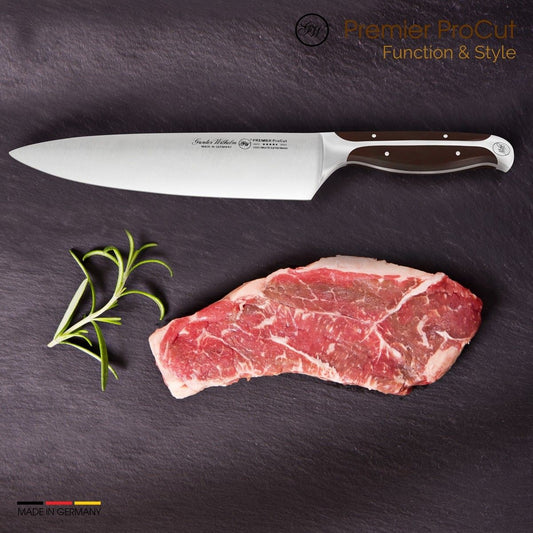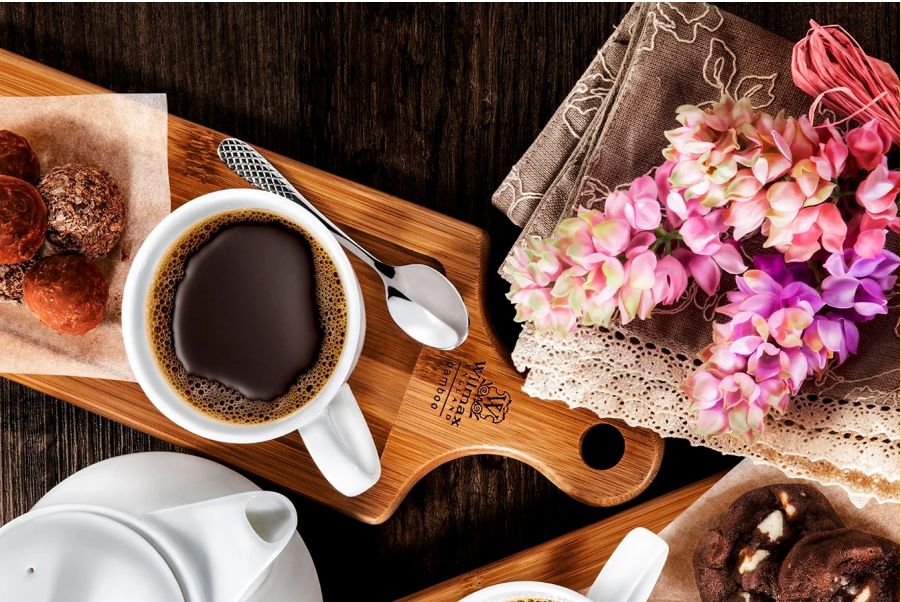Fusion 3.0: How Gen Z Is Blending Cultures One Bite at a Time

From kimchi tacos to masala pasta and sushi burritos — authenticity is being redefined by a generation that refuses culinary borders.
Welcome to Fusion 3.0 — a world where recipes travel faster than passports and the internet is the new kitchen table. Forget the days when “fusion” meant awkward pairings or watered-down flavors. Gen Z’s approach is fearless, global, and deeply personal. For them, food isn’t just nourishment — it’s identity, creativity, and culture remix all served in one bite.
🌎 From Trend to Mindset
In the early 2000s, fusion cuisine often felt experimental — a novelty that merged East and West without much cultural context. But Fusion 3.0 is different. It’s less about shock value and more about storytelling. The new generation of chefs, content creators, and home cooks grew up in multicultural households, streaming K-dramas, and ordering boba while eating tacos. For them, blending cuisines isn’t rebellion — it’s reality.
“We’re not fusing for fun,” says chef Anjali Rao of Toronto’s Spice & Seoul. “We’re cooking what we grew up with — Indian moms, Korean best friends, and TikTok trends. It’s our language, not a gimmick.”
🌮 The New Icons of Fusion
The icons of Fusion 3.0 are bold, colorful, and unapologetically hybrid. Kimchi tacos top food-truck menus from Austin to Amsterdam. Masala pasta — creamy, spicy, comforting — has become a weeknight staple across India and the diaspora. And sushi burritos? They’re not a gimmick — they’re a full meal, rolled up in convenience and creativity.
Even desserts are crossing borders. Think matcha tiramisu, miso caramel donuts, and churro mochi waffles. This isn’t “East meets West” — it’s “everyone meets everyone.” A generation raised on Spotify playlists and streaming platforms is now applying the same remix logic to food.
💬 Social Media: The New Test Kitchen
TikTok and Instagram have become the laboratories of this movement. A viral post can turn a kitchen experiment into an international trend overnight. From gochujang butter pasta to birria ramen, these creations spread with the speed of culture itself.
What makes it stick is authenticity — not in the traditional sense of origin, but in honesty. These dishes tell personal stories: what it means to be Filipino-American, Korean-Mexican, or simply a citizen of the internet age.
🍜 The Death (and Rebirth) of “Authenticity”
In the past, culinary purists might have dismissed fusion as dilution. But Gen Z is challenging the notion that authenticity must mean tradition. They see authenticity as expression, not preservation. As long as the dish is made with respect, curiosity, and genuine love for both cultures, it belongs.
Food historian Mariko Han calls this the “emotional authenticity” era. “What matters now is not where a recipe started,” she says, “but where it connects.”
🔥 Fusion Beyond the Plate
Fusion 3.0 isn’t just changing menus — it’s changing the restaurant landscape. Pop-ups, ghost kitchens, and food trucks are the movement’s epicenters, where chefs experiment without rules or Michelin expectations. Even fine dining is catching on, incorporating global street food elements into tasting menus.
Brands, too, are joining in. From chili-lime chips to wasabi mayo dressings, the grocery aisle has become a passport to global flavor.
🌶️ The Future of Flavor Is Fluid
As boundaries blur, Fusion 3.0 is proving that food — like identity — doesn’t have to fit neatly into categories. It can be both Mexican and Korean, both comforting and experimental, both ancient and new. The result is a dining landscape that’s as vibrant and unpredictable as the generation creating it.
Expect the next wave to go even further — cross-pollinating not just cuisines, but sustainability, technology, and storytelling. Because for Gen Z, food isn’t just fusion — it’s connection.
Borders may divide maps, but in the kitchen, Gen Z is erasing them — one bite at a time.
Share:





